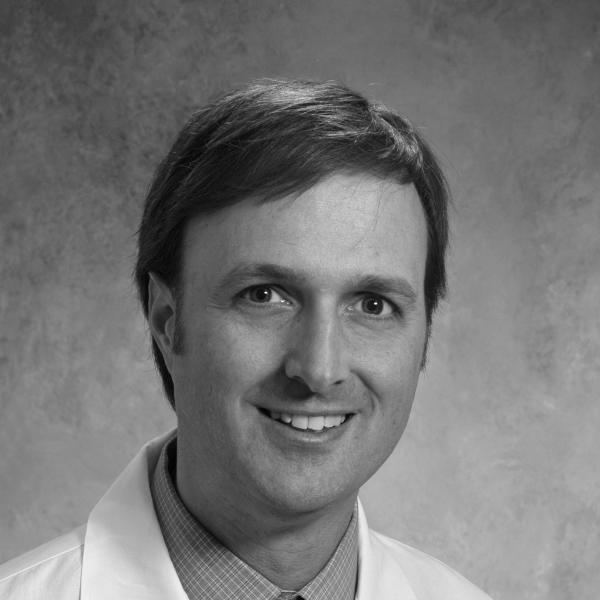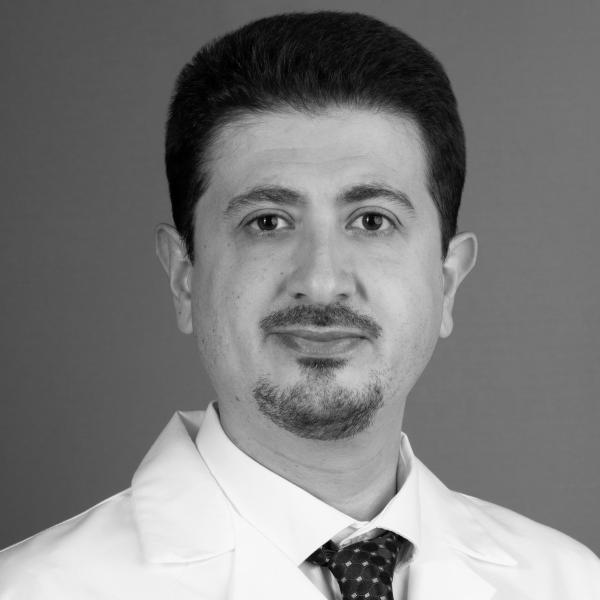The Section of Thoracic Imaging provides state-of-the-art imaging and interpretation of pulmonary and cardiac diseases in close collaboration with internists, pulmonologists and thoracic surgeons at the University of Chicago Medical Center. Consultations and second opinions are also available on request for patients that have been imaged at other institutions. The section provides training for residents and fellows in the department of radiology, as well as trainees from other clinical departments. Joint clinical conferences are held with colleagues in Thoracic Oncology and Pulmonology Medicine as well as with the Interstitial Lung Disease Multidisciplinary Team.
We provide diagnostic services in the inpatient, outpatient, and emergency settings.
Interventional thoracic procedures such as biopsies and catheter drainage are performed in the section of interventional radiology.
We have experts in all aspects of cardiopulmonary imaging and interpret radiographs, CT scans, and MRI scans of the thorax. We have specialized expertise in interstitial lung disease, pulmonary fibrosis, non-tuberculous mycobacterial pneumonia, lung cancer, and advanced cardiac imaging.
All clinical image interpretation is performed in a central location on high-performance workstations in the Bernard A. Mitchell Hospital using voice recognition technology for rapid availability of reports throughout the enterprise. Chest radiography is performed using dual-energy digital devices for enhanced detection of early lung disease. CT scans are acquired with state-of-the-art CT scanners with routine use of maximum resolution and multiplanar reconstruction. AI-based algorithms to detect pulmonary nodules using computer-aided diagnosis and vessel subtraction are employed to increase sensitivity for pulmonary nodule detection. State-of-the-art MRI is available for specific problem solving and cardiac/vascular applications.
Section faculty are active in research, with a major focus on interstitial lung disease assessment on CT and computer-aided diagnosis (CAD), much of which is performed in collaboration with the Section of Radiological Sciences. Current research in interstitial lung disease involves semi-quantitative and quantitative analysis of chest CT scans to optimize diagnosis, predict outcomes, and augment medical therapy. The section also invests heavily to fulfill our department’s “Continuum of Quality” program which encompasses our missions of quality control, quality assurance, and quality improvement.
Radiology residents (DR and IR/DR) and medical students rotate through the section. The section also presents didactic lectures to medical students, residents, and fellows both in Radiology and across the medical center. The section has a strong national and international reputation; section members are regularly invited to speak at national and international meetings as well as being invited to be visiting professors.
Section Chief

Luis Landeras, MD
Associate Professor of Radiology

Lydia Chelala, MD
Assistant Professor of Radiology

Steven Montner, MD
Professor of Radiology
Acting Chair of Radiology

Iclal Ocak, MD
Associate Professor of Radiology

Christopher M Straus, MD
Professor of Radiology

Furkan Ufuk, MD
Assistant Professor of Radiology

Steven M. Zangan, MD FSIR
Professor of Radiology
Professor of Surgery



